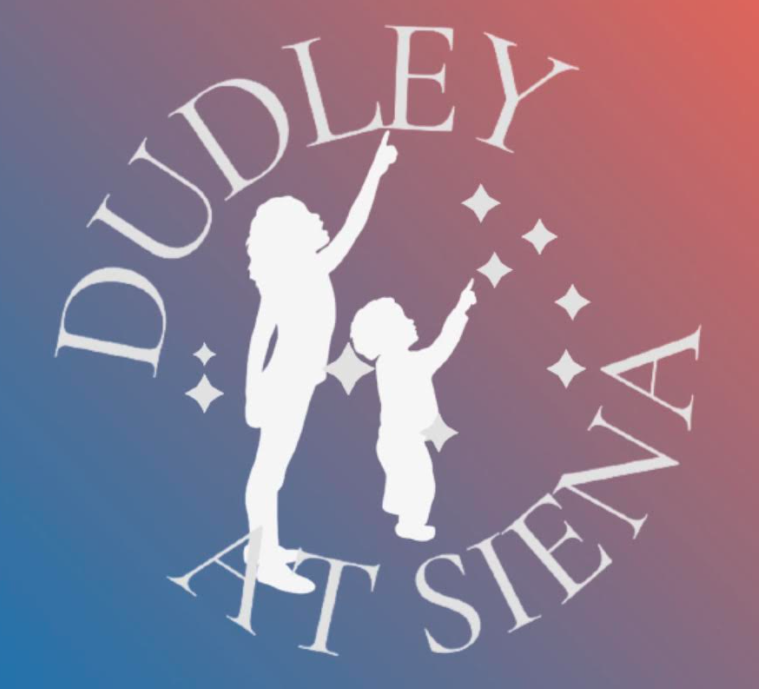Skywatch Line for Friday, July 11, through Sunday, July 13, written by Sam Salem
This is Dudley Observatory’s Skywatch Line for Friday, July 11, through Sunday, July 13, written by Sam Salem.
On Friday, Sun rises at 5:27am and sets at 8:34pm; Moon sets at 5:49am and rises at 9:37pm.
Venus, at magnitude –4.1, rises above the east-northeast horizon, shortly before dawn. In a telescope Venus shrinking globe has become gibbous, 65% sunlit.
Mars, magnitude 1.5 in the constellation of Leo the Lion, glows low in the west in late twilight and sets soon after dark. Above Mars by a little more than a fist at arm’s length is Denebola, Leo’s tail-tip.
Jupiter, magnitude –1.9, is beginning to emerge very low in the glow of sunrise. As dawn grows bright, try to find Jupiter about three fists to the lower left of Venus.
Saturn, magnitude +0.9 in the constellation of Pisces, rises around midnight. Before and during early dawn, Saturn sits about five or six fists upper right of Venus.
One hour after sunset, look for the two brightest stars of summer, Vega and Arcturus, equally near the zenith. Look for Vega toward the east and Arcturus toward the southwest.
Vega is the brightest star in the eastern side of the sky. Three fists lower right of it is Altair, the second-brightest star in that region. Above Altair by a finger-width at arm’s length is little orange Tarazed, or Gamma Aquilae. Deneb is less bright and about two fists lower left of Vega.
Because of brightness of its blue-white giant and its red supergiant stars, Scorpius is sometimes called “the Orion of Summer”. Scorpius passes a lot lower across the southern sky than Orion does at mid-northern latitudes. Watch Scorpius in July evenings. The rich area around the tail of Scorpius is at its highest in the south right after night is fully dark. Find Scorpius lower right of the Sagittarius’ Teapot’s spout by a fist at arm’s length or less.
The Northern Cross is an asterism in the constellation Cygnus the Swan. It’s a pattern of stars that’s not a recognized constellation. It lies embedded within another much larger asterism, the Summer Triangle. You’ve got to have a dark sky to see a swan in the stars of Cygnus. But the Northern Cross is easy to see, even if your sky is not very dark. Look for the asterism’s bright star, Deneb. Deneb marks the top of the Northern Cross. Deneb is also one of the three bright stars of the Summer Triangle, along with Vega and Altair. Next, look for bright star, Albireo, roughly halfway between Altair and Vega and slightly offset toward Deneb. Albireo is easy to see on a clear dark night. It’s easy to find as there are no similarly bright stars near it. Now find the crossbar, or the three moderately bright stars, extending about halfway out into the wings of Cygnus the Swan.
As seen from mid-northern latitudes, the Northern Cross is out all night in summer. It shines in the east at nightfall, sweeps high overhead after midnight, and swings to the west by daybreak.
